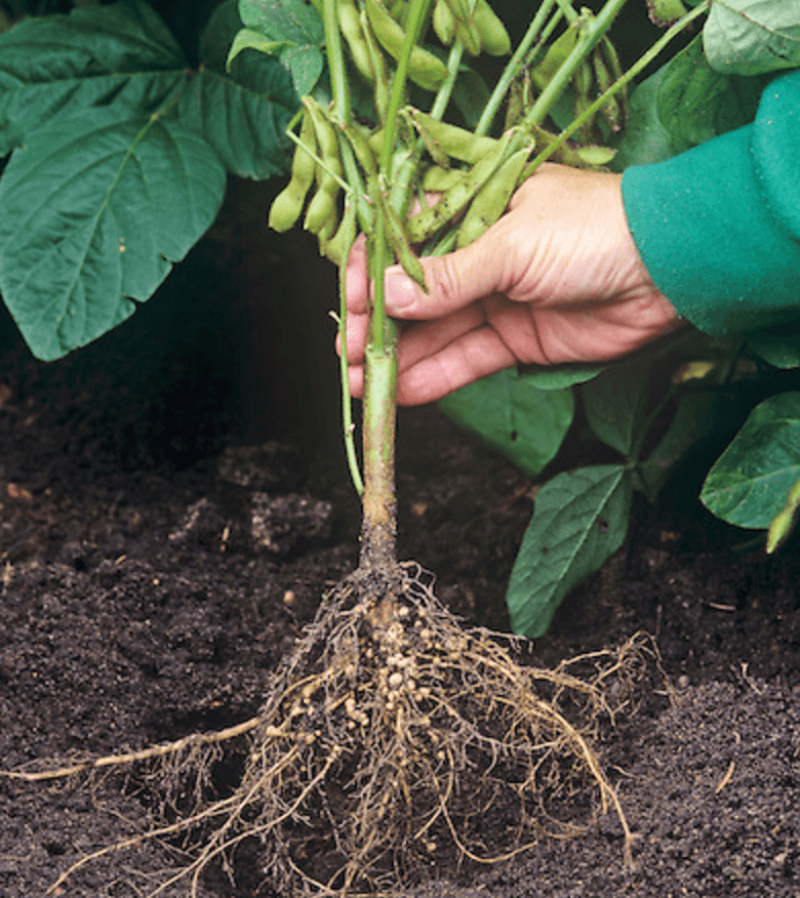A Washington State University plant scientist may have discovered how to double nitrogen fixation in soybeans.
Her greenhouse-grown soybean plants fix twice as much nitrogen from the atmosphere as their natural counterparts, grow larger and produce up to 36 percent more seeds. Mechthild Tegeder, a Washington State University biologist, designed a novel way to increase the flow of nitrogen from specialized bacteria in soybean root nodules to the seed-producing organs. She and Amanda Carter, a biological sciences graduate student, found the increased rate of nitrogen transport kicked the plants into overdrive.
“The biggest implication of our research is that by ramping up the natural nitrogen allocation process, we can increase the amount of food we produce,” Tegeder says.
. . . .
…Tegeder thinks her research can eventually be applied to varieties of legumes suited for a diverse array of climates. One major benefit of growing legumes is that they not only can use atmospheric nitrogen for their own growth but also leave residual nitrogen in the soil for subsequent crops.
Hence, increasing nitrogen fixation could improve overall plant productivity for farmers who grow legumes in both industrial and developing countries while diminishing or eliminating the need for nitrogen fertilizers.
The GLP aggregated and excerpted this blog/article to reflect the diversity of news, opinion and analysis. Read full, original post: Doubling Nitrogen Fixation in Soybeans





























